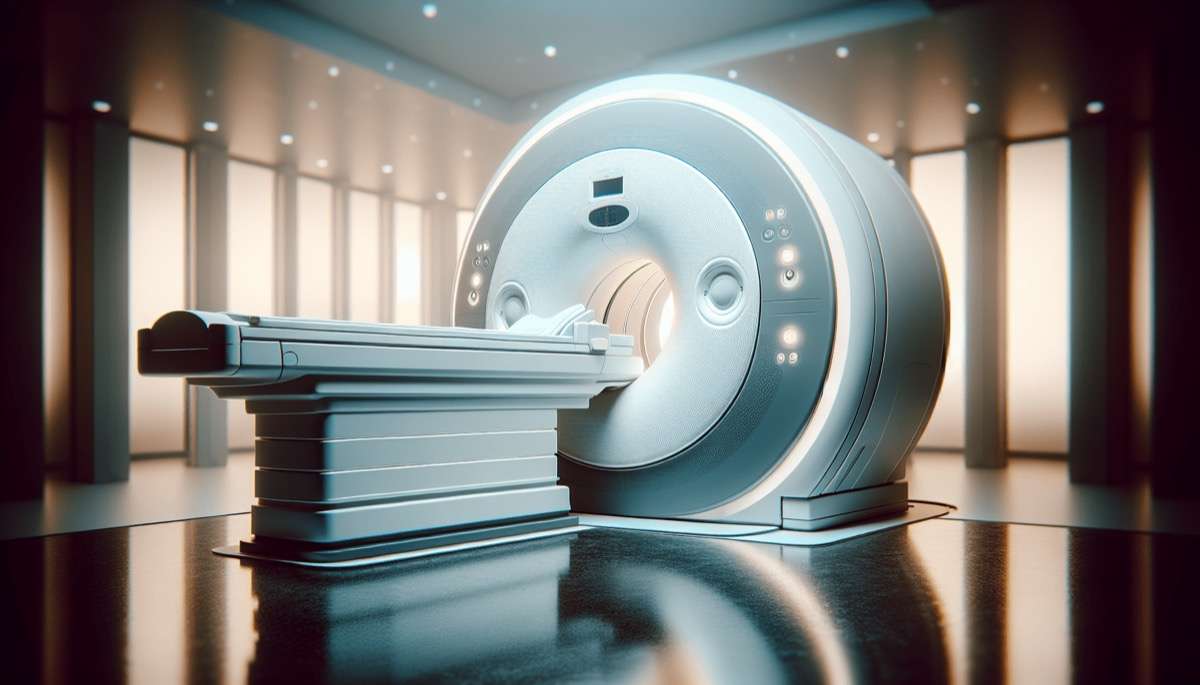Discover the costs of an MRI with insurance. Learn how fees, coverage, and other factors affect your out-of-pocket expenses for essential imaging.
How much are you prepared to spend on an MRI when you have insurance? This is an important question, especially when you’re dealing with health concerns that may require imaging. Understanding the financial implications is crucial to managing your healthcare journey.
Understanding MRI Costs
An MRI, or Magnetic Resonance Imaging, is a non-invasive imaging technique that utilizes magnetic fields and radio waves to create detailed images of organs and tissues inside the body. While MRIs can be critical for accurate diagnosis and treatment, the costs associated with them can vary significantly.
Factors Influencing MRI Costs
Several factors contribute to the overall cost of an MRI. Being aware of these factors can help you better estimate what your out-of-pocket expenses may be.
- Location: Prices can differ widely depending on where the imaging is performed. Urban centers typically have higher costs compared to rural areas.
- Facility Type: The type of facility can also impact the price. Hospitals may charge more than standalone imaging centers due to overhead costs.
- Type of MRI: The complexity of the MRI scan required—such as with or without contrast—can influence the cost.
- Insurance Plan: Different insurance plans have various structures for coverage, deductibles, and co-pays.
Average Costs of MRIs
While the costs can vary, having a general idea helps set expectations. Most MRI procedures can range, on average, from $400 to $3,500 without insurance.
- Without Insurance: The price range for an MRI without insurance can be substantial, often between $1,000 and $3,500 depending on the circumstances.
- With Insurance: Those who have insurance may still incur fees, such as co-pays and deductibles. The cost could range between $100 and $1,500 after insurance, but this depends heavily on your specific plan.
Understanding Your Insurance Coverage
Before scheduling an MRI, it’s vital to understand how your insurance plan covers these procedures. This can prevent unwelcome surprises later.
Key Terminology to Know
- Deductible: The amount you pay out of pocket before your insurance begins to cover costs.
- Co-Pay: A fixed amount you pay for a service, usually when you receive it.
- Co-Insurance: The percentage of costs you pay after meeting your deductible.
How to Verify Your Coverage
Checking your insurance coverage can be straightforward but requires attention to detail. Here’s how to go about it:
- Review Your Policy: Take a close look at your policy documents or your provider’s website, paying special attention to imaging services.
- Contact Customer Service: Don’t hesitate to call the customer service number provided by your insurance company. Have your policy number ready for reference.
- Ask Specific Questions:
- Is an MRI covered under my plan?
- What is my deductible for imaging services?
- What percentage will I owe after the deductible is met?
- Are there preferred providers that offer better rates?
What to Expect During and After the MRI
Understanding the expected process of an MRI can help ease any anxiety you might have about the procedure itself.
Preparing for the MRI
Most MRIs require minimal preparation, although you may have to remove any metallic items, like jewelry or other accessories. Some facilities may advise you to wear comfortable clothing without metal components.
During the Procedure
The actual MRI scan typically takes 30 to 90 minutes, depending on the complexity. You will lie on a narrow bed that slides into a large tube-like machine. It’s crucial to remain still during the scan to ensure clear images.
After the MRI: Possible Costs Involved
Once the MRI is completed, radiologists will review the images and send a report to your referring physician. However, there can be additional costs related to this process.
Interpretation Fees
In many cases, there may be additional charges for the interpretation of the MRI images. Your insurance may cover this, but it’s worth verifying beforehand.
Follow-Up Appointments
You may also need follow-up visits to discuss results or to take further medical action based on what the MRI reveals. These follow-ups can incur additional fees and should be considered in your overall financial planning.
Out-of-Pocket Costs: What to Expect
Even with insurance, it’s prudent to prepare for out-of-pocket costs. Understanding your financial responsibilities can help alleviate some of the stress associated with medical expenses.
Estimating Your Costs
If you want to estimate your potential out-of-pocket expenses for an MRI, consider the following factors:
- Your plan’s deductible: Are you close to meeting it?
- Your co-pay: What’s the fixed amount you’ll owe at the facility?
- The co-insurance percentage: How much will you owe after reaching your deductible?
- Any additional fees for radiology interpretations.
This information can usually be found in your benefits summary or by speaking directly with your insurance provider.
Sample Cost Breakdown
To clarify these expenses, here’s a simplified example:
| Item | Cost | Details |
|---|---|---|
| MRI Procedure Cost | $1,200 | Average cost of MRI |
| Insurance Deductible | $500 | Amount you need to pay first |
| Co-Pay | $100 | Fixed fee required at visit |
| Co-Insurance | 20% | After deductible is met |
| Total Out-of-Pocket Cost | $680 | Cost = Deductible + Co-Pay + 20% of remaining amount |
In this example, if your total bill was $1,200, and you had reached a $500 deductible, you would pay the remaining $700. Your co-pay would apply, and then you’d pay 20% of this remainder, totaling $680 out of pocket.
Discount Programs for Cost-Effective MRIs
If you find yourself faced with high costs despite having insurance, you may want to look into discount programs or options offered by medical facilities.
Negotiating Costs
Some facilities may allow you to negotiate your fees, especially if you pay upfront or can show financial need. Don’t hesitate to ask about possible discounts and payment plans that can ease your budget constraints.
Price Transparency Tools
Several online platforms provide price transparency tools that enable you to compare costs across different facilities. Some of these platforms may also offer insights into what other patients with similar insurance plans have paid for specific imaging tests.
Community Health Centers
Certain community health centers and non-profit organizations may offer lower-cost imaging services based on income or need. Researching these options can lead to more affordable care solutions.
Conclusion: Planning for Your MRI
When preparing for an MRI, having a comprehensive understanding of the associated costs with and without insurance can be invaluable. By following the steps outlined above, you can proactively manage your financial responsibilities while prioritizing your health.
- Communication is Key: Always keep an open line of communication with your healthcare provider and insurance company. This can help ensure that you have all the necessary information before proceeding with any imaging procedures.
- Prepare Financially: Being clear about the costs and coverage will make you feel more empowered and less stressed when the time comes for your MRI.
By taking these steps, you can focus on what matters most—your health—while keeping your financial wellbeing in check.


